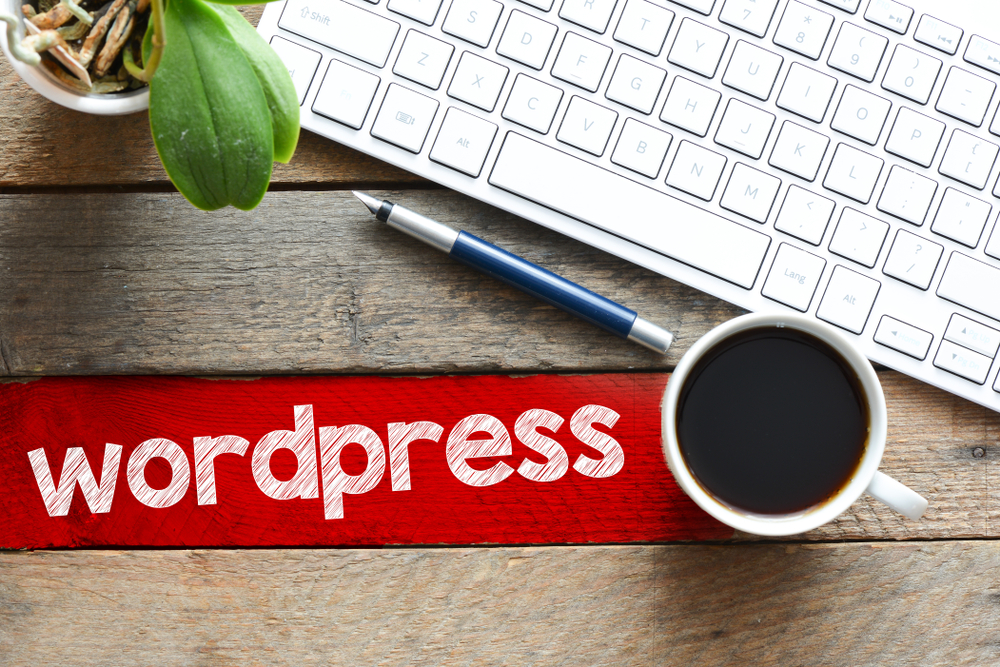
Creating and maintaining a successful blog takes time, effort, and dedication. Whether you are a seasoned blogger or just starting out, there are key strategies and best practices to follow in order to grow your audience, engage your readers, and ultimately monetize your blog. In this guide, we will explore the essential steps to take in order to create and maintain a successful blog.
Choosing the Right Blogging Platform
One of the first decisions you will need to make when starting a blog is choosing the right platform. weblog site There are many different blogging platforms to choose from, each with its own set of features and capabilities. Some popular options include WordPress, Blogger, and Tumblr. It's important to choose a platform that aligns with your goals and technical abilities. WordPress, for example, is a versatile platform that offers a wide range of customization options and plugins.
Defining Your Niche and Audience
Once you have chosen a blogging platform, the next step is to define your niche and target audience. It's important to choose a niche that you are passionate about and that has a potential audience. Consider what topics you are knowledgeable about or interested in, and research what type of content your target audience is searching for. By defining your niche and audience, you can tailor your content to meet their needs and preferences.
Creating High-Quality Content
High-quality content is the foundation of a successful blog. Your content should inform, entertain, and engage your blog site readers. It's important to create a content calendar and plan ahead to ensure consistent posting. Make sure your content is well-written, well-researched, and contains valuable information for your readers. In addition, make use of visuals such as images, infographics, and videos to enhance your blog posts.
Promoting Your Blog
Promoting your blog is essential in order to attract readers and grow your audience. There are many ways to promote your blog, including social media, email marketing, guest posting, and search engine optimization (SEO). Social media platforms such as blog Facebook, Twitter, and Instagram can be great tools for driving traffic to your blog. Email marketing is another effective way to reach your audience and keep them engaged. By optimizing your blog for search engines, you can increase your visibility and attract organic traffic.
Engaging with Your Audience
Engaging with your audience is key to building a loyal following and maintaining a successful blog. Respond to comments on your blog posts, interact with your readers on social media, and ask for feedback to improve your content. Building relationships with your audience can lead to increased engagement, loyalty, and word-of-mouth referrals. Consider hosting contests, giveaways, or live events to further engage with your audience.
Monetizing Your Blog
Once you have built a loyal following and established your blog, you may consider monetizing it. There are several ways to monetize your blog, including affiliate marketing, sponsored content, selling digital products or services, and weblog display advertising. Affiliate marketing involves promoting products or services and earning a commission for each sale made through your referral. Sponsored content involves partnering with brands to create content in exchange for payment. Selling digital products or services such as ebooks, online courses, or consulting services can also be a lucrative way to monetize your blog.
Analyzing and Optimizing Your Blog
Analyzing and optimizing your blog is important in order to track your progress and make improvements. Use analytics tools such as Google Analytics to track your blog's performance, including traffic, engagement, and conversion rates. By analyzing this data, you can identify what is working well and what areas need improvement. Make use of A/B testing to test different strategies and optimize your content, design, and marketing efforts.
Frequently Asked Questions
1. How often should I post on my blog?
It's important to post consistently on your blog, whether that be once a week, twice a week, or daily. Consistency is key in order to keep your audience engaged and attract new readers.
2. How can I drive traffic to my blog?
There are many ways to drive traffic to your blog, including promoting your blog on social media, optimizing your content for search engines, and guest posting on other blog website in your niche.
3. How do I monetize my blog?
There are several ways to monetize your blog, such as affiliate marketing, sponsored content, selling digital products or services, and display advertising. Choose the monetization strategies that align with your goals and audience.
4. How do I engage with my readers?
Engaging with your readers is important in order to build a loyal following. Respond to comments on your blog posts, interact with your readers on social media, and ask for feedback to improve your content.
5. How do I analyze my blog's performance?
Use analytics tools such as Google Analytics to track your blog's performance, including traffic, engagement, and conversion rates. By analyzing this data, you can identify areas for improvement and make informed decisions to optimize your blog.
In conclusion, creating and maintaining a successful blog takes time, effort, and dedication. By following the essential steps outlined in this guide, you can grow your audience, engage your readers, and monetize your blog. Remember to choose the right platform, define your niche and audience, create high-quality content, promote your blog, engage with your audience, monetize your blog, analyze and optimize your blog, and continue to learn and adapt to the ever-changing landscape of blogging.
Other useful resources